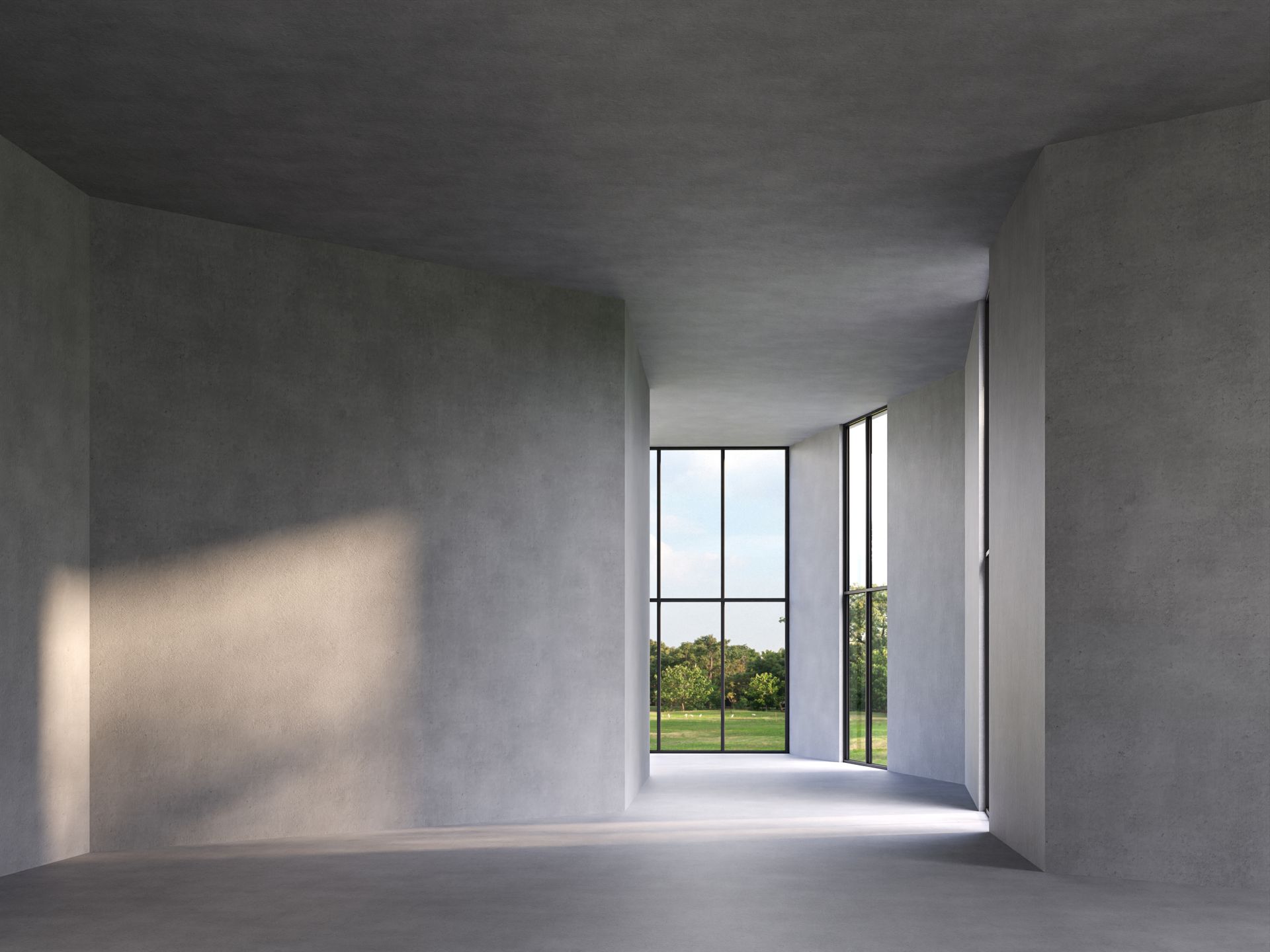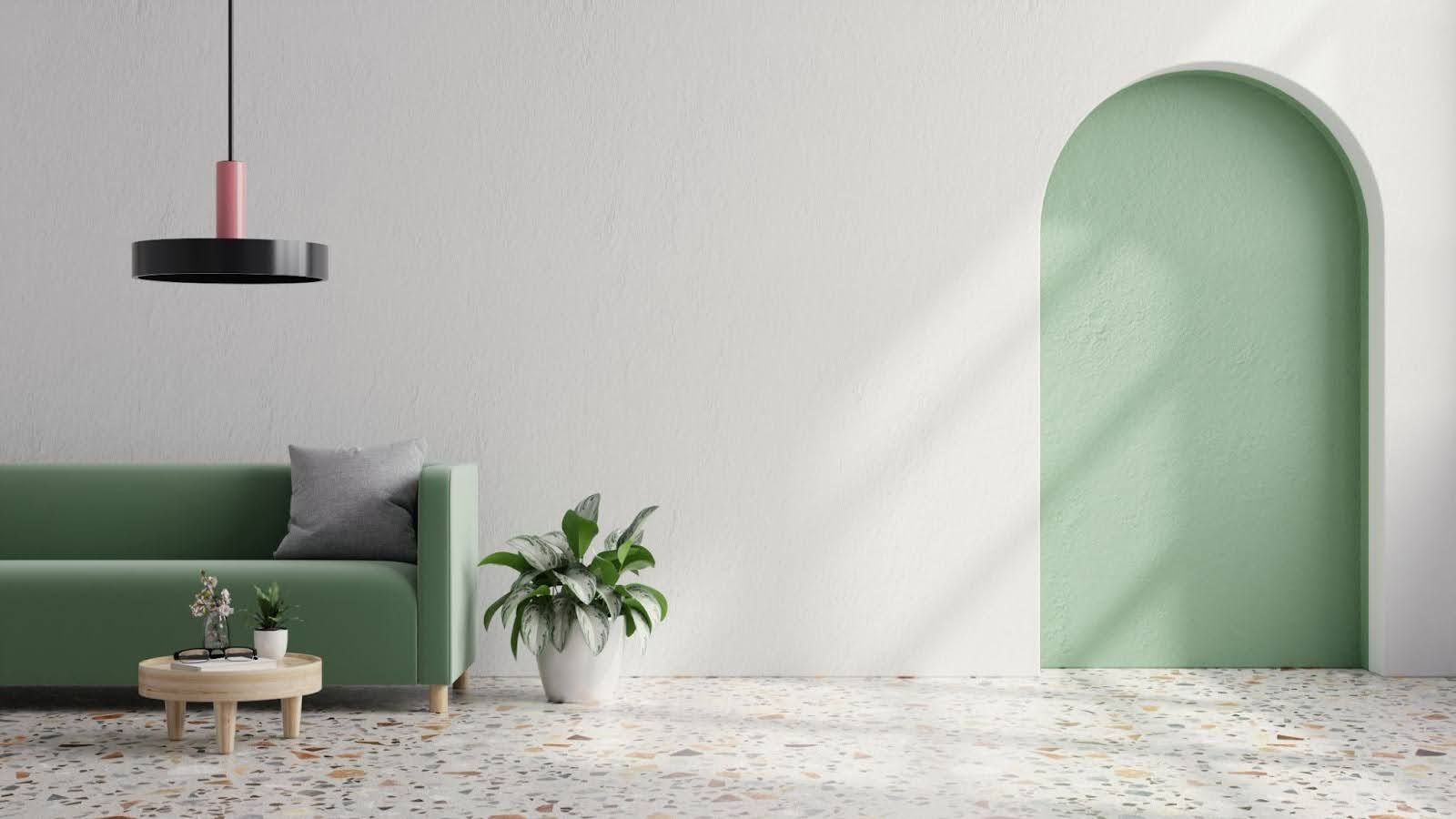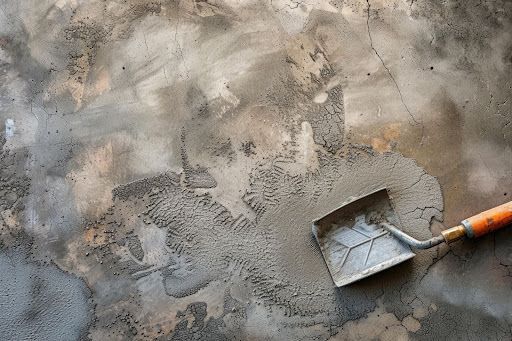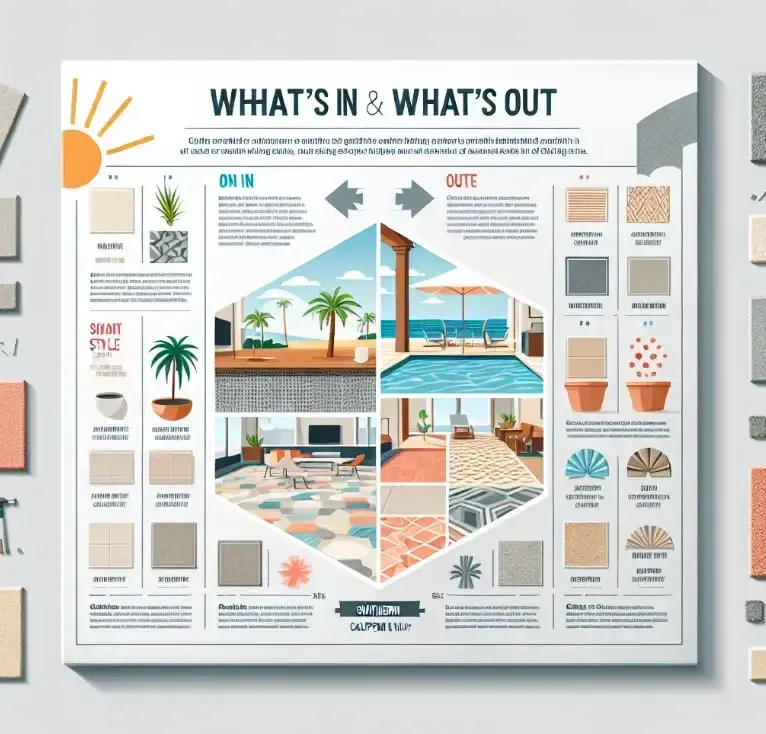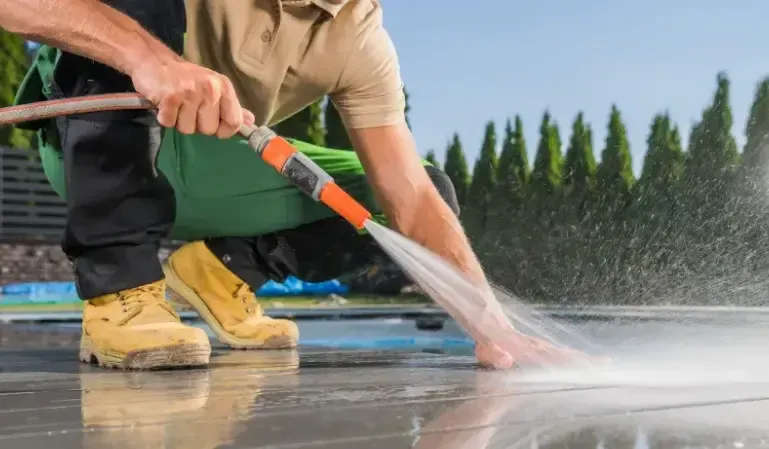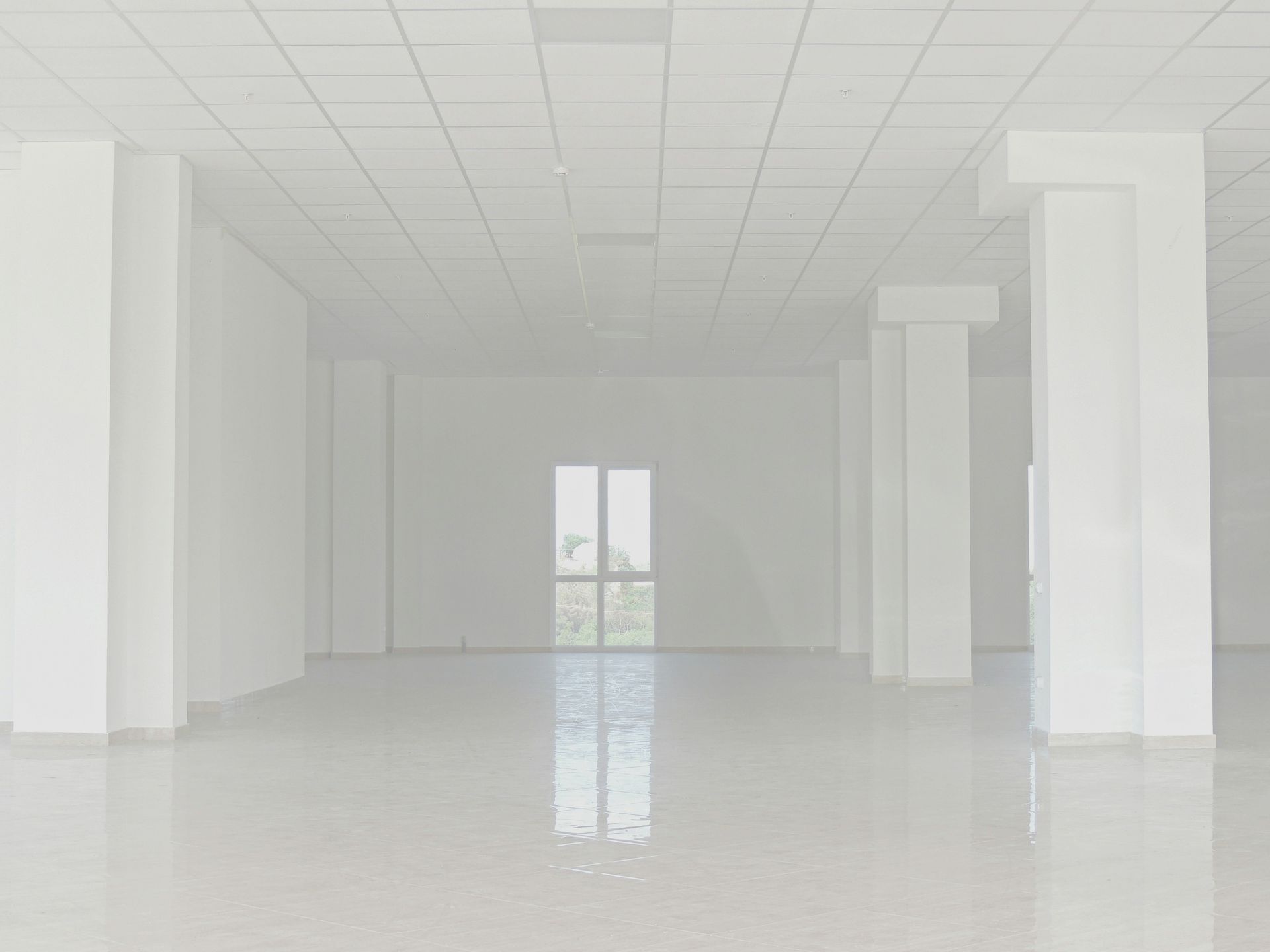The Rise of Polished Concrete Floors in Modern Architecture
Polished concrete floors have gained significant traction in modern architecture due to their unique blend of aesthetics, functionality, and sustainability. These floors are characterized by their glossy finish, achieved through a multi-step process of grinding and polishing the concrete surface. Historically, polished concrete has been utilized in industrial and commercial spaces, but its evolution has led to widespread adoption in residential settings as well. The seamless appearance and reflective quality of polished concrete distinguish it from other flooring options, making it a preferred choice for contemporary homes and businesses alike.
Benefits of Polished Concrete Floors
Polished concrete floors offer numerous benefits, starting with their exceptional durability and longevity. Unlike other flooring materials, polished concrete can withstand heavy foot traffic and resist wear and tear over time. This resilience makes it an ideal choice for high-traffic areas in both residential and commercial spaces. Additionally, polished concrete requires minimal maintenance. Its smooth surface makes it easy to clean, reducing the need for frequent repairs or replacements.
Energy Efficiency and Environmental Impact
Energy efficiency is another advantage of polished concrete floors. Their thermal mass properties help regulate indoor temperatures, contributing to energy savings by reducing the need for heating and cooling systems. Furthermore, polished concrete is environmentally friendly. It utilizes existing concrete slabs, reducing waste and the need for additional materials. The polishing process also uses natural materials, aligning with sustainable building practices.
Comparison with Traditional Flooring Options
When compared to traditional flooring options such as hardwood, tile, and carpet, polished concrete stands out in several aspects. Hardwood floors, while visually appealing, can be susceptible to scratches and water damage. Tiles offer durability but may require grout maintenance and can be prone to cracking. Carpets, on the other hand, may attract dust and allergens, necessitating frequent cleaning. In contrast, polished concrete provides a cost-effective, low-maintenance solution with a sleek, modern aesthetic. For more insights into flooring material comparisons, you can refer to this article.
The Polishing Process
The process of polishing concrete involves several steps to achieve the desired finish. Initially, the surface is prepared by removing any existing coatings or sealers. This is followed by a series of grinding steps using progressively finer diamond abrasives. The floor is then polished to the desired level of sheen, ranging from matte to high-gloss. Specialized equipment such as grinders, polishers, and vacuum systems are essential for the process. Professional installation is crucial to ensure the quality and longevity of polished concrete floors, as experts can address potential challenges such as uneven surfaces or moisture issues.
Creative Design Possibilities
Creative design possibilities with polished concrete are vast. A variety of finishes and textures can be achieved, allowing homeowners to tailor the look to their preferences. Colors and patterns can be integrated into the concrete to complement modern home aesthetics. Customization options include varying levels of aggregate exposure and sheen, offering a range of visual effects. Decorative elements, such as embedded objects or artistic engravings, can also be incorporated to create unique designs.
Popularity in Southern California
In Southern California, polished concrete floors have become a popular choice in modern homes, particularly in areas like Beverly Hills and Santa Monica. These regions are known for their luxurious residences and innovative architectural designs. Homeowners and designers often opt for polished concrete due to its contemporary appeal and ability to seamlessly integrate with various design elements. For instance, a home in Beverly Hills may feature a high-gloss polished concrete floor paired with minimalist furnishings, creating a chic and sophisticated environment. In Santa Monica, designers might choose a matte finish with exposed aggregate for a more natural and rustic look. Homeowners in these areas have expressed satisfaction with the durability and low maintenance of polished concrete, noting its ability to enhance the overall aesthetic of their homes.
Architectural Influence
The influence of Southern California's architectural style is evident in the growing popularity of polished concrete in local architecture. The region's emphasis on open, airy spaces and indoor-outdoor living aligns with the characteristics of polished concrete floors. In Los Angeles and surrounding areas, architects and builders are increasingly incorporating polished concrete into their designs to achieve a modern, sustainable aesthetic. For more on local architecture trends, this source provides valuable insights.
Considerations for Homeowners
For homeowners considering polished concrete floors, several factors should be taken into account. It's essential to assess the suitability of polished concrete for specific areas of the home, considering factors such as foot traffic and exposure to moisture. Maintaining the appearance and integrity of polished concrete is relatively simple, involving regular cleaning and occasional resealing. Some common concerns, such as the coldness and hardness of the surface, can be addressed by using area rugs or installing underfloor heating. Integrating polished concrete with other design elements, such as wood or metal, can create a balanced and harmonious interior.
Future Trends
Looking ahead, trends in concrete flooring continue to evolve, with innovations in color technology and design techniques expanding the possibilities for polished concrete. As these trends develop, polished concrete floors are likely to remain a popular choice for modern home design, offering a blend of style, functionality, and sustainability that aligns with the values of contemporary homeowners.

